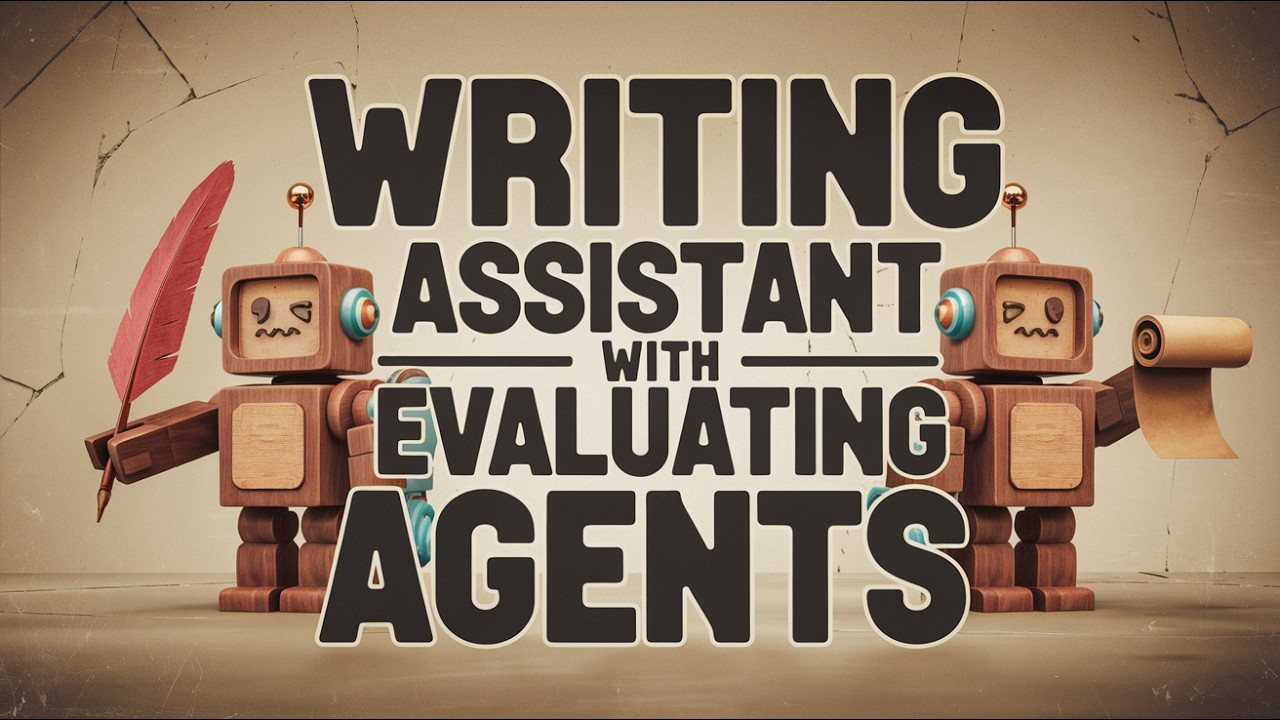The video presents a writing assistant that uses multiple evaluation agents to enhance the quality of generated content, such as emails and text messages, by assessing clarity, engagement, tone consistency, and originality. It also discusses the coding process behind the assistant and promotes educational resources available through the presenter’s Patreon, including access to code files and courses on efficient coding.
The video discusses the development of a writing assistant that utilizes multiple evaluation agents to enhance the quality of generated content, such as emails, tweets, and text messages. The assistant is designed to create various types of written communication while ensuring that the content meets specific criteria through evaluations. The presenter explains how the system works, highlighting the humorous tone of an example email requesting time off during a busy work week, and how the evaluation agents assess clarity, engagement, tone consistency, and originality.
The writing assistant operates through a multi-agent system where the initial writing agent generates content based on user input, including the type of content, topic, desired tone, and any additional context. After the content is generated, it is evaluated by several agents that provide feedback on different aspects of the writing. If the content does not meet a certain threshold score, the system rewrites it based on the evaluation feedback, aiming to improve clarity and engagement while maintaining the intended tone.
The presenter also shares insights into the coding process behind the writing assistant, mentioning that the code files will be available on their Patreon. They emphasize the importance of structured outputs and how the system dynamically determines prompts for different content types. The video includes a demonstration of the assistant in action, showcasing how it generates a text message and subsequently evaluates and rewrites it based on the feedback received.
Throughout the video, the presenter highlights the benefits of becoming a patron, which includes access to code files, courses on coding efficiently, and one-on-one consulting opportunities. They encourage viewers to explore their website for additional resources and content. The video concludes with a preview of the first 15 minutes of a course that details the building process of the writing assistant, inviting viewers to engage further with the material.
In summary, the video provides a comprehensive overview of a writing assistant that leverages evaluation agents to refine generated content. It illustrates the functionality of the system, the coding process involved, and the potential benefits for users interested in improving their writing through structured evaluations. The presenter effectively communicates the value of the assistant while promoting their educational resources and community engagement opportunities.
